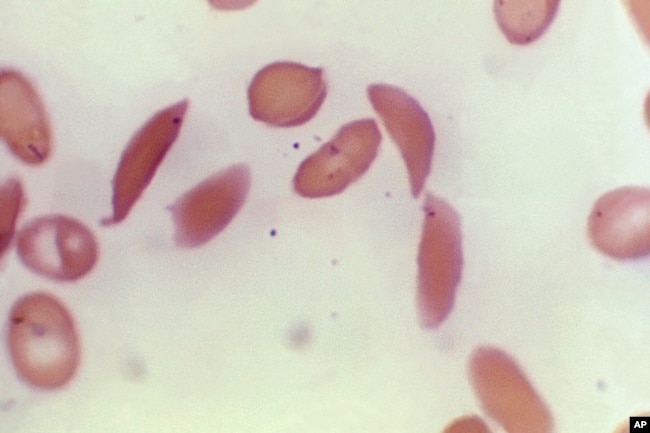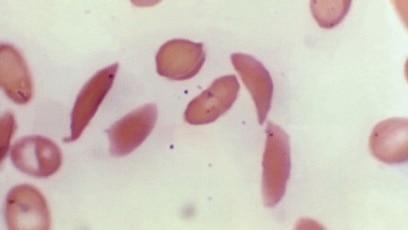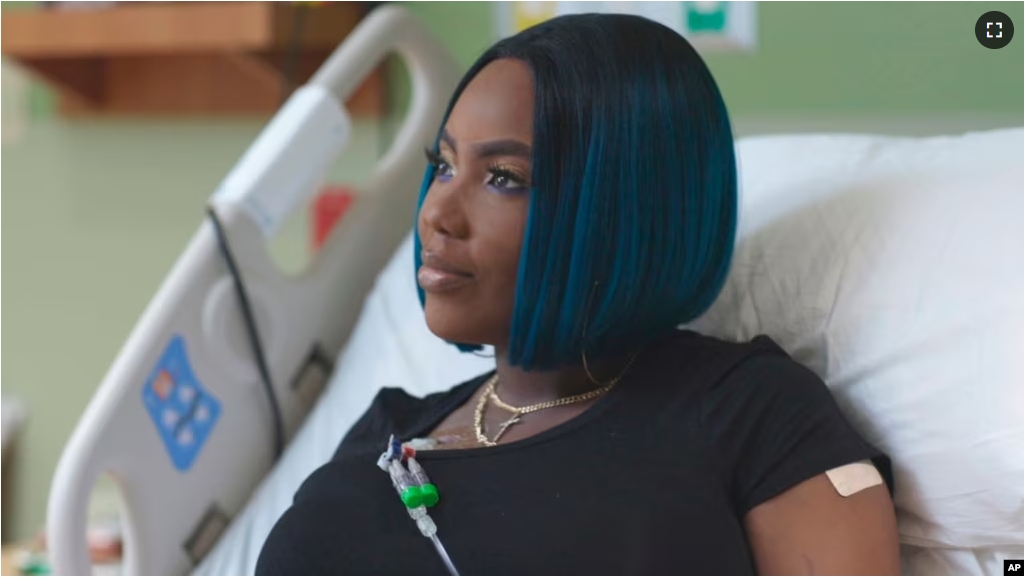A group of health experts recently announced that a new gene editing treatment for sickle cell disease was safe for patients. The treatment could provide a new cure that attacks the disease at its genetic source.
Sickle cell disease (SCD) is a genetic blood disorder that affects millions of people worldwide. The disease is common in places with high cases of malaria, like Africa and India. It strikes among Black Americans, Africans, and Middle Easterners more than other groups. Scientists believe being a carrier of SCD helps protect against severe malaria.
People with SCD carry unhealthy blood cells that result in blockages, called blood clots. This can cause pain and damage bones and organs in the human body. The World Health Organization said many children with the most severe form of the disease die before the age of five, usually from an infection or severe blood loss.
Vertex Pharmaceuticals and CRISPR Therapeutics make the new treatment, called “exa-cel.” The treatment involves permanently changing the genetic material, DNA, in a patient’s blood cells. The goal is to help the body return to healthy blood cell production. Healthy blood cells are present at birth but abnormal cells begin to develop in people with sickle cell disease.
When patients receive the treatment, stem cells are removed from their blood and the gene-editing tool CRISPR is used to remove the switching gene. Patients get medicines to kill off other damaged blood-producing cells and then are given back their changed stem cells.
Vertex reported 46 people got the treatment in its study. Among 30 of them who had at least 18 months of observation, 29 were free of pain crises for at least a year. All 30, Vertex reported, avoided being hospitalized for pain crises for that long.

Victoria Gray, of Mississippi, was the first patient to test the “exa-cel” treatment. Gray told researchers at a scientific gathering earlier this year that she had suffered from pain since childhood. She described feeling “reborn” the day she got the treatment. “My children no longer have a fear of losing their mom to sickle cell disease,” she said.
The U.S. Food and Drug Administration (FDA) had already found the treatment effective in a study of SCD patients. The health agency, however, was not sure if the small genetic sample size used in the study captured the entire U.S. population for sickle cell disease.
With the experts’ findings, the FDA is likely to approve the treatment in early December for patients age 12 and older. If the treatment is approved, Vertex has also proposed to follow up with patients to study its safety for another 15 years.
Vertex has not said how much the treatment will cost.
But the Institute for Clinical and Economic Review estimates the cost could be around $2 million for the treatment. By comparison, research earlier this year showed medical costs for sickle cell treatments, from birth to age 65, could add up to $1.7 million.
Dr. Allison King of Washington University School of Medicine in St. Louis, Missouri cares for children and young adults with sickle cell disease. She told the Associated Press that the new treatments would be costly.
“But if you think about it,” she said, “how much is it worth for someone to feel better and not be in pain and not be in the hospital all the time?”
I’m Caty Weaver.
Hai Do adapted this story for Learning English with additional reporting from Reuters, The Associated Press and other sources.
Quiz – Possible New Cure for Sickle Cell Disease

Start the Quiz to find out
________________________________________________
Words in This Story
sample – n. things that are taken from a larger group and studies and tested for information
